Big Jim Colosimo laid the groundwork for the fearsome Chicago Outfit, which passed into Capone's hands shortly after Colosimo's murder on May 11, 1920.
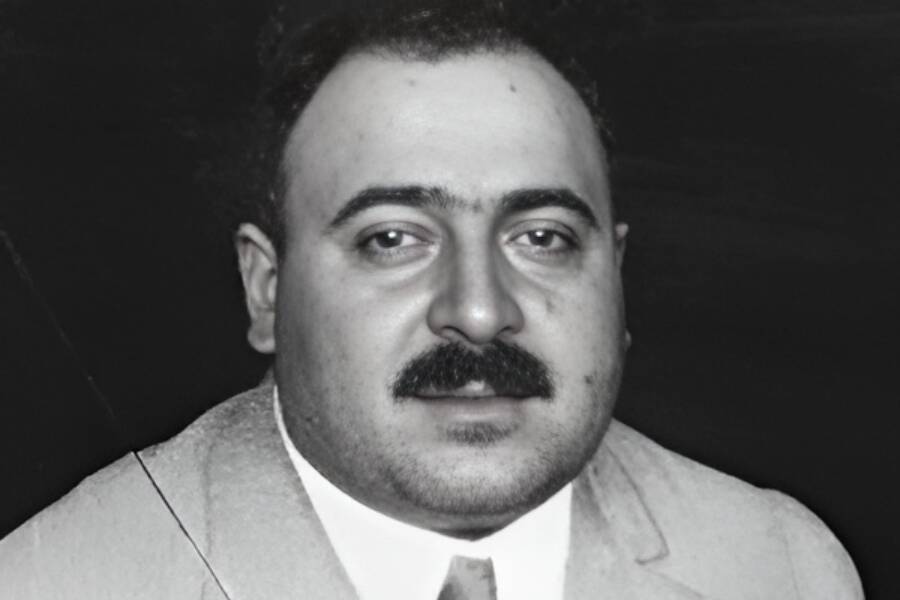
Public DomainBig Jim Colosimo, the Chicago mobster who laid the groundwork for Al Capone.
Few mobsters left as large a legacy as James “Big Jim” Colosimo. “Diamond Jim,” as he was sometimes known, immigrated from Italy in 1895 and established a criminal empire in Chicago. But Colosimo’s reign was cut short when he was shockingly murdered in his own restaurant in 1920.
Following his death, Colosimo’s second-in-command Johnny Torrio seized control of Diamond Jim’s operation, eventually turning it into the fearsome Chicago Outfit. But the circumstances surrounding Colosimo’s death were highly suspiciously — and it’s likely that Torrio and his young associate Al “Scarface” Capone may have had something to do with his murder.
Jim Colosimo’s death wasn’t just a simple dispute gone wrong, though. It was symbolic of changing times. The first generation of American mobsters were on the outs, and a newer, younger batch of leaders were taking over.
Early Life And Rise To Power
Born Vincenzo Colosimo on February 16, 1878 in Colosimi, Italy, the future crime boss immigrated to Chicago with his family in 1895, when he was 17 years old. There, poverty, corruption, and limited opportunities for immigrants soon pushed the young man toward a life of crime.
While operating as a petty criminal, Colosimo caught the attention of Michael “Hinky Dink” Kenna, who, according to the Mob Museum, gave the young Colosimo a city patronage job as a street cleaner. Kenna, the alderman of Chicago’s First Ward, was notably corrupt, and together with “Bathhouse John” Coughlin, exerted powerful influence over the city.
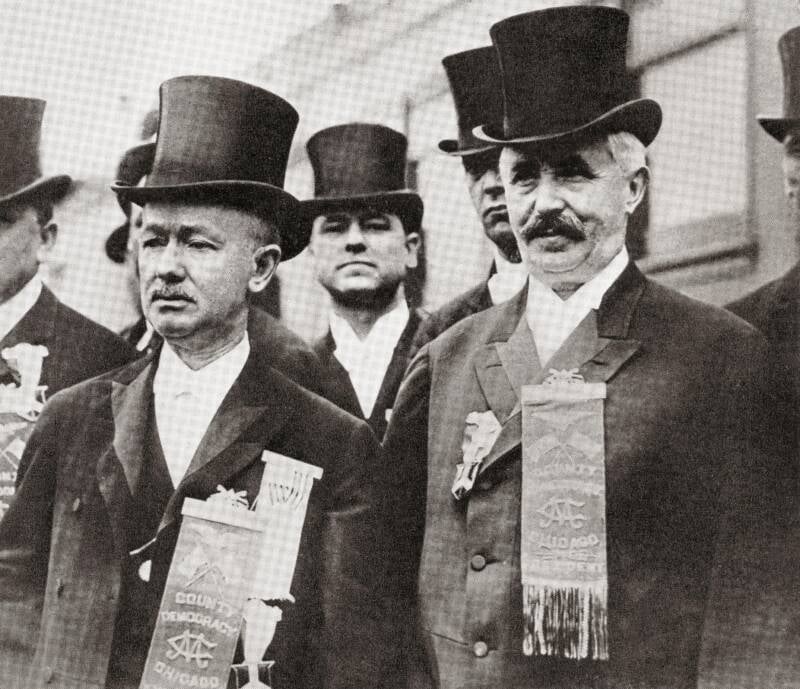
Classic Image/Alamy Stock PhotoChicago aldermen Michael “Hinky Dink” Kenna and John Powers.
Colosimo eventually repaid the favor by garnering support for Kenna among Italian immigrants, and Kenna promoted him to a street cleaning supervisor. Then, with Kenna’s approval, Colosimo got into the brothel business by marrying Victoria Moresco, a madam who operated brothels in Chicago’s notorious Levee District.
The union provided Jim Colosimo with both capital and connections. Before long, he started to expand his operations.
How Big Jim Colosimo Built His Empire
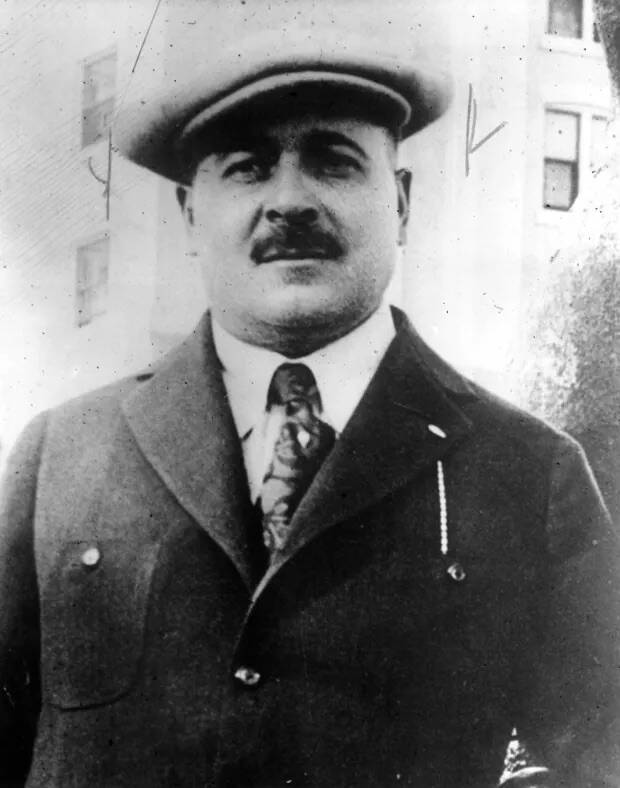
Public DomainColosimo primarily focused on prostitution and gambling operations.
By the early 1900s, Big Jim Colosimo had established himself as a major player in Chicago’s underworld. He controlled a network of brothels, gambling houses, and saloons, which generated enormous profits. Colosimo used his newfound wealth to buy out corrupt police officers, politicians, and judges, which made him virtually untouchable. Meanwhile, he also centralized a diverse network of gangsters who answered to him.
He established headquarters at his own restaurant, Colosimo’s Café, which functioned as both a legitimate business and a front for his criminal operations. The restaurant, for its part, attracted a diverse clientele that included politicians, entertainers, and businessmen, all rubbing shoulders with criminals and corrupt officials. Colosimo, for his part, became known as “Diamond Jim” because of his penchant for wearing white and jewels.
But Colosimo’s success put him in the crosshairs of Black Hand extortionists. Luckily for him, his wife had a nephew who knew how to navigate the situation because of his time in Brooklyn’s Five Points gang: Johnny Torrio.
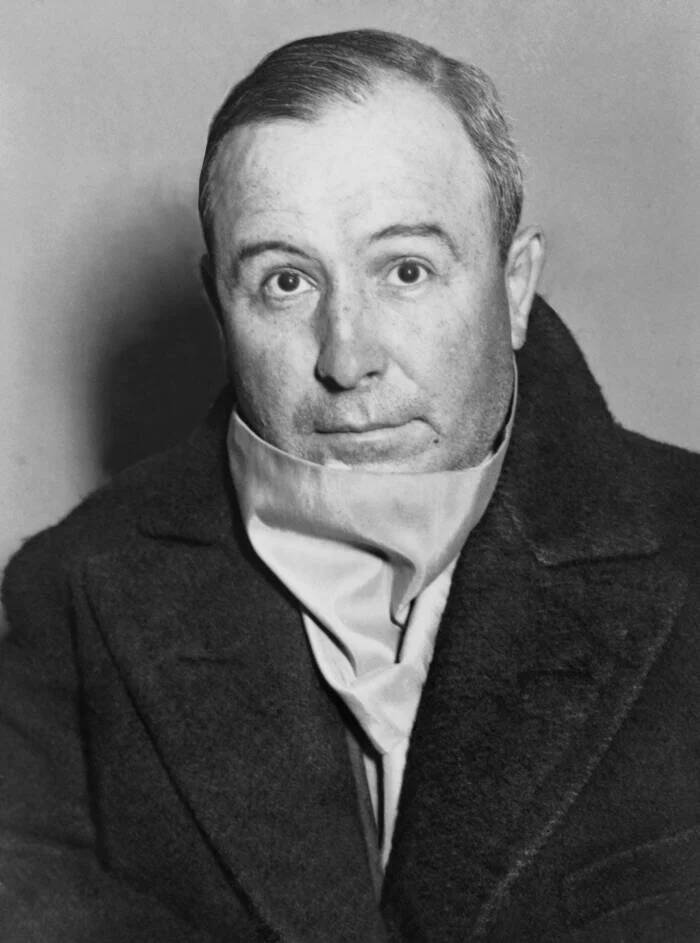
Everett Collection Historical/Alamy Stock PhotoJohnny Torrio, Colosimo’s second-in-command.
Colosimo quickly noticed that Torrio also had a knack for business, and hired him to help oversee and manage his growing empire. Before long, Torrio became Colosimo’s second-in-command.
As author John J. Binder notes in The Chicago Outfit, however, Colosimo had grown more conservative in his approach. Though Diamond Jim had built an empire around vice, Torrio envisioned an even larger empire, one that could expand into new territories and bring in revenue from different streams. Colosimo, on the other hand, seemed content with how things were.
This contrast became especially stark in 1919, when the passage of the Volstead Act, or the National Prohibition Act, banned the manufacture or sale of alcohol. Torrio saw a new business opportunity. But Colosimo’s reluctance to move into the bootlegging business created an irreparable, and fatal, rift between him and his second-in-command.
Strained Personal Relationships And Downfall
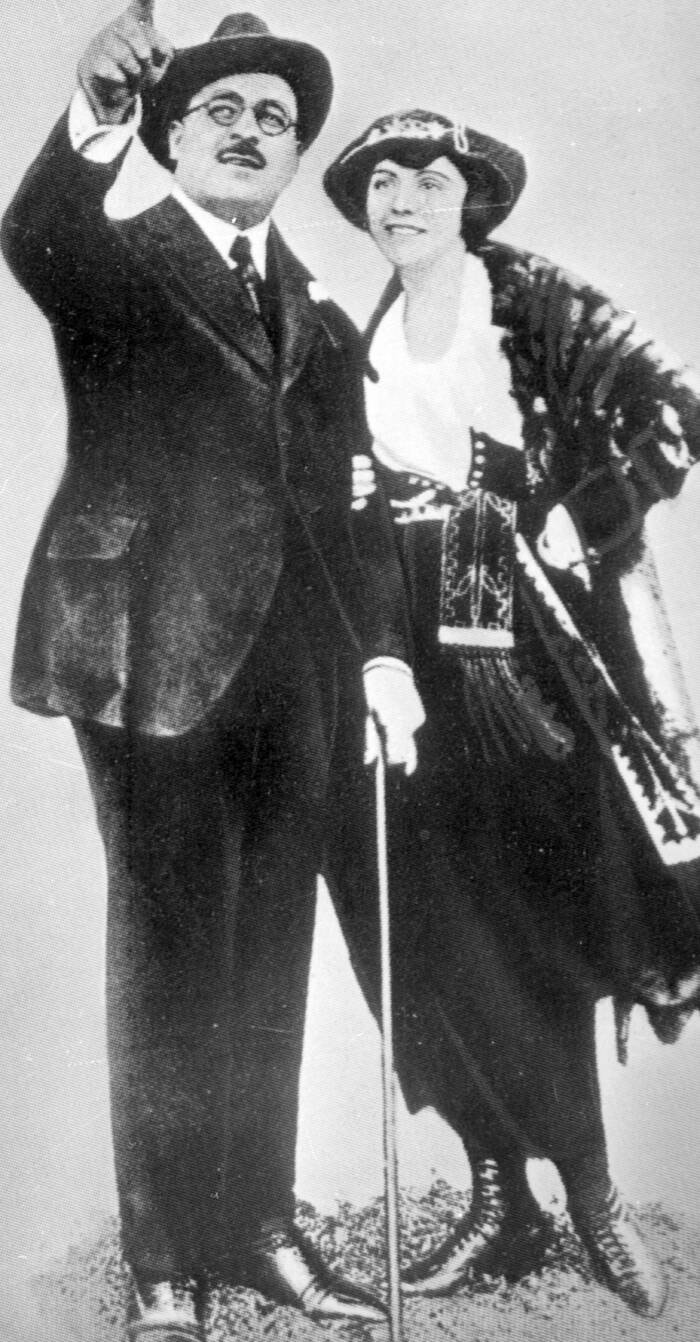
Smith Archive/Alamy Stock PhotoJames Colosimo and his second wife, Dale Winter.
The nationwide alcohol ban that ushered in the Prohibition era created a massive opening in the criminal market — one that many mobsters took advantage of, opening speakeasies and bootlegging operations that earned them fortunes. Torrio recognized this early on, but despite urging Colosimo to pivot their operations, the crime boss was skeptical.
After all, Colosimo had built an empire on prostitution and gambling; he understood those businesses intimately. The alcohol trade, in his mind, was riskier and more dangerous, requiring new skills and connections he did not have. Besides, at 42 years old, he was content to enjoy the fruits of his labors and less inclined to take on risky new ventures.
When Colosimo divorced Moresco in 1920 — the woman whose connections had helped launch his career — and married Dale Winter, a young singer and dancer who performed at his café, many of his colleagues thought it was proof that he was no longer as engaged in his business. Indeed, Colosimo appeared to be moving away from the day-to-day management of his criminal enterprises, instead focusing on the more legitimate parts of his business interests and his new relationship. The perceived withdrawal from active leadership created a power vacuum within his organization.
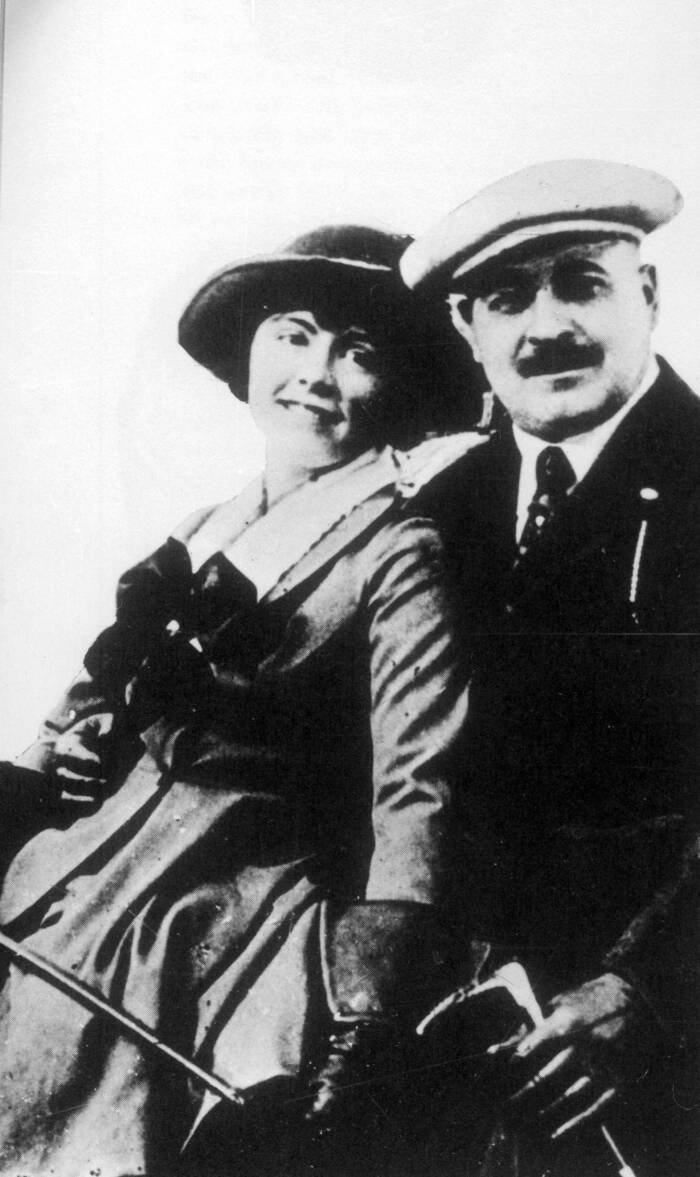
Smith Archive/Alamy Stock PhotoDale Winter was a younger singer and dancer at Colosimo’s Café.
Torrio, who had grand plans for the era of Prohibition, was eager to fill it.
The Murder Of Big Jim Colosimo
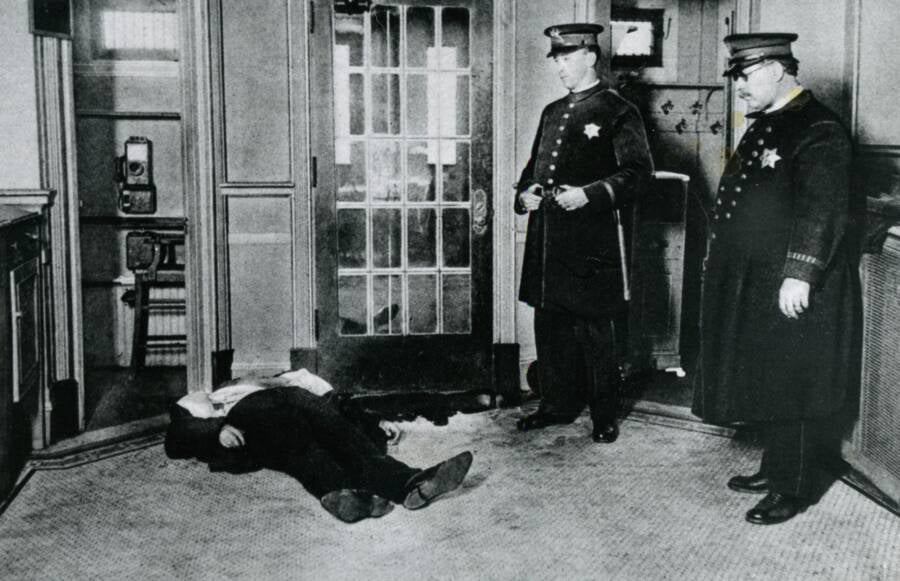
The Mob MuseumThe body of Big Jim Colosimo in his own restaurant.
On May 11, 1920, in the vestibule of his own restaurant, Big James Colosimo was shot dead. The assassination was carried out in broad daylight and sent shockwaves through the Chicago underworld.
More importantly, it marked the end of an era. Colosimo had been one of the last “Mustache Petes,” the older, more restrained generation of mobsters who were increasingly seen as less ambitious by the “Young Turks” who had risen through the ranks of their organizations. With Colosimo dead, the Young Turks had fully taken over, and the change brought with it a new, more violent version of the Chicago gangland.
Colosimo’s murder was never officially solved, but given the rift between him and Torrio — and Torrio’s subsequent takeover of the business — most believe Torrio had orchestrated the hit. He likely enlisted contract killer Frankie Yale, but some believe that Al Capone, who had just arrived in Chicago and was working as Torrio’s bodyguard, might have been involved.
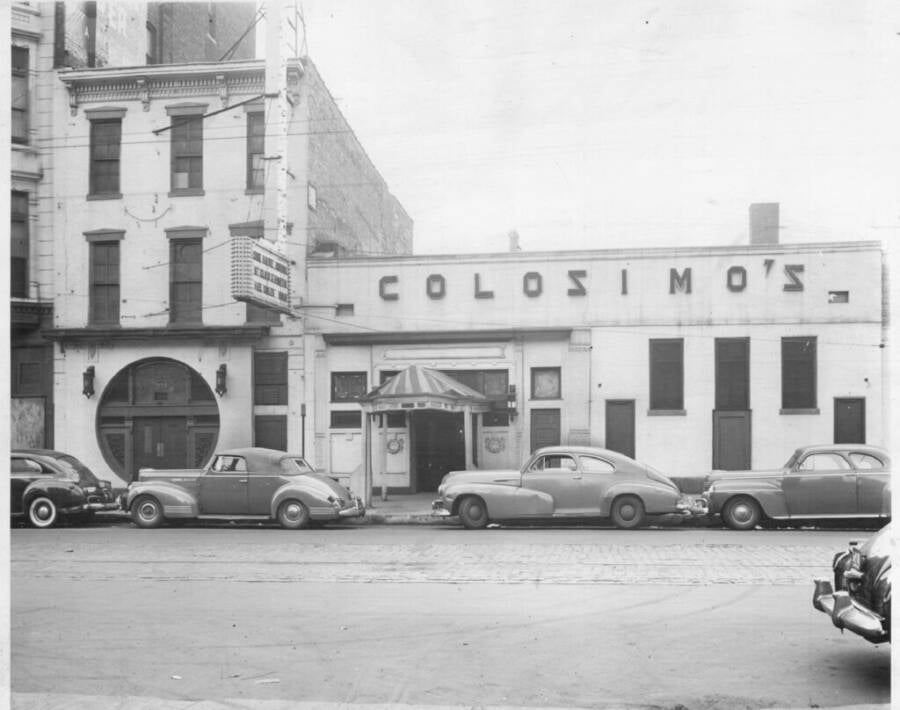
Chicago History MuseumColosimo’s Cafe, where the mob boss was murdered in 1920.
With Capone by his side, Torrio quickly expanded and modernized Colosimo’s operation, which became known as the Chicago Outfit. Torrio seized on the opportunity that Prohibition had given him, and made the gang more powerful than ever.
When he decided to leave Chicago after a violent assassination attempt in 1925, Torrio fatefully placed the Chicago Outfit in Capone’s hands.
Still, Jim Colosimo had paved the way for Torrio — and Capone. His methods of corrupting politicians and blending legitimate and illegitimate businesses served as a blueprint for the mafia bosses that followed him. Big Jim Colosimo may not have lived to see the full realization of his empire, but his influence was felt every step of the way.
After reading about Big Jim Colosimo’s criminal empire, read the story of George “Bugs” Moran, the mobster who rivaled Al Capone. Then, meet Frank Nitti, the gangster who inherited the Chicago Outfit from Al Capone.





